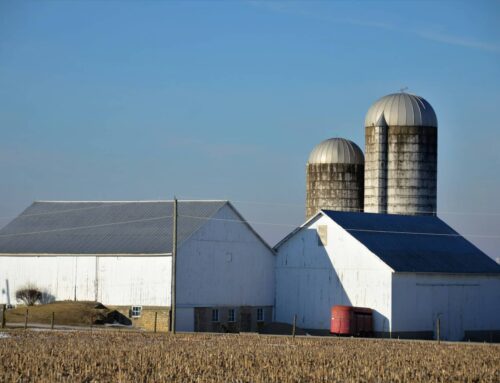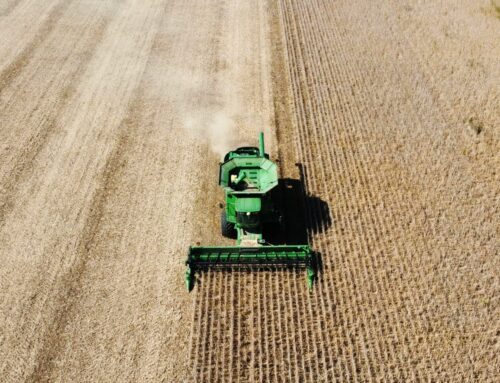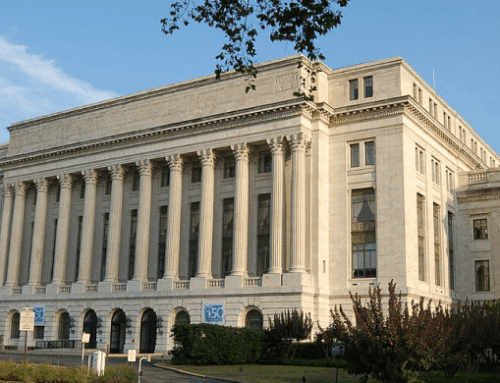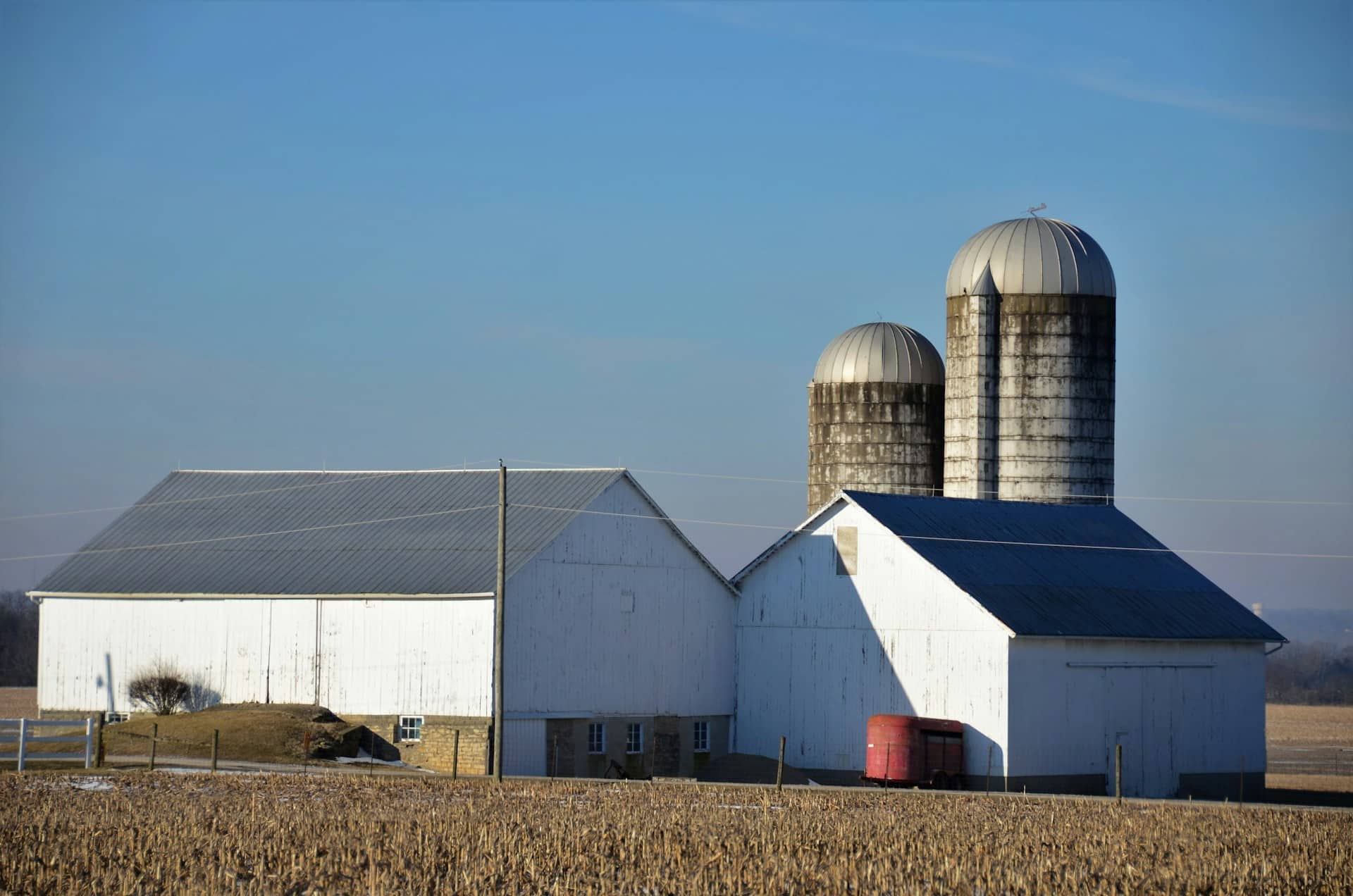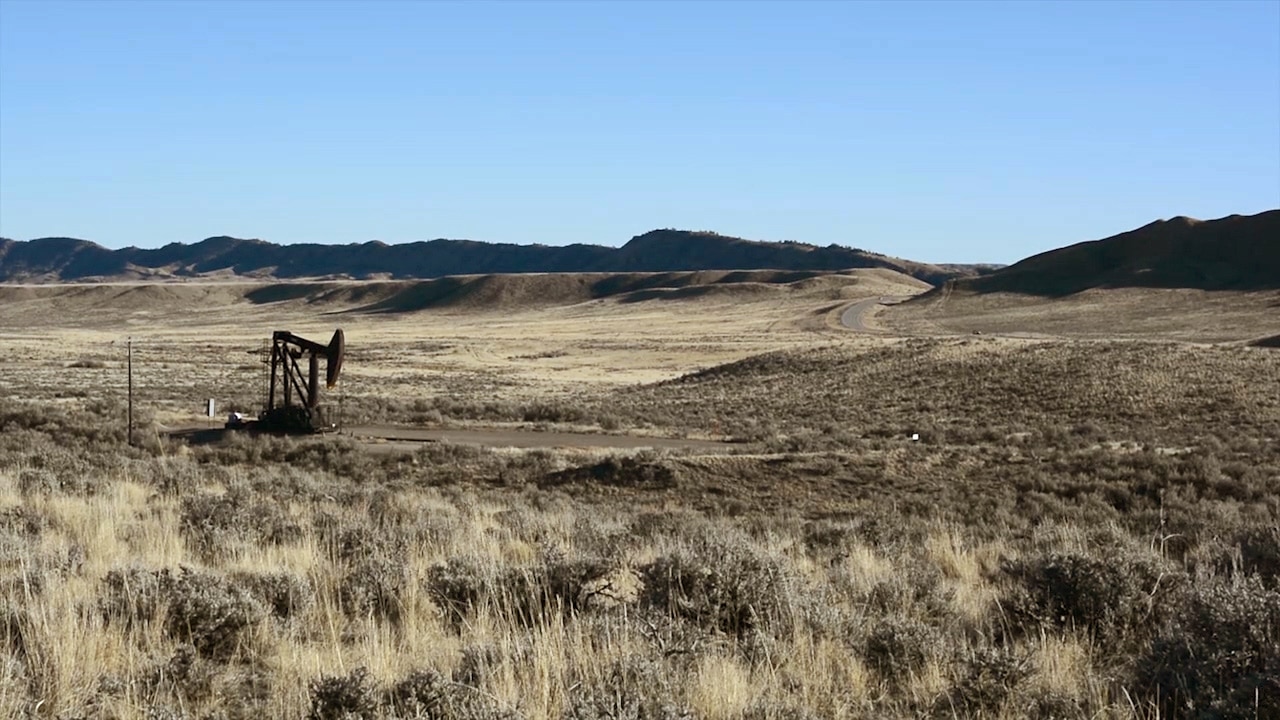View/Download this article in PDF format.
Covering more than 40 percent of land area in the United States, crop and ranchlands have a significant impact on the landscape.[1]
Consequently federal taxpayers spend nearly $5 billion annually on United States Department of Agriculture (USDA) conservation programs to assist farmers and ranchers that implement practices to improve water quality, increase wildlife habitat, or provide other public benefits. The success these programs make toward achieving their goals, however, is often difficult to determine because reporting on the programs is typically limited to administrative outputs such as dollars spent, contracts signed, and acres involved. A better measure of success is an outcome-based reporting system centered on monitoring and measuring performance. Such a system better quantifies and communicates progress toward achieving the anticipated environmental, economic, and social benefits that conservation investments are supposed to produce. Taxpayers, farmers and ranchers implementing conservation programs, and the public will all be better served by encouraging USDA to continue improving on efforts to obtain and communicate measurable outcomes in conservation programs.
The Benefits of Measuring Conservation Program Performance
All federal programs should be able to prove they are successfully providing public benefits. In tight fiscal environments, it is especially important to identify and communicate the benefits taxpayers receive for their financial investments. Federal agricultural conservation programs are facing an especially austere funding environment. The 2014 Farm Bill reduced authorized spending on agricultural conservation programs by nearly $4 billion (6.4%) over fiscal years 2014-2023. Annual appropriation bills further reduce the amount of funding available through a process known Changes in Mandatory Programs (CHIMPS). In this process annual spending bills restrict spending in mandatory programs to a level below their authorized amount. Agricultural conservation programs incurred more than $2.3 billion in CHIMPS in the last five fiscal years (FY12-FY16).
Improvement in quantifying and communicating the benefits received from conservation programs can provide justification for funding conservation programs at their authorized levels, help forestall additional reductions in authorized spending levels, and even make the case for additional investments. At the very least, improved measurement of performance can identify what programs or practices work as expected and which fall short of expectations. This provides lessons learned that can improve existing projects and be applied to future projects in order to more efficiently produce public benefits from a limited pool of conservation dollars. This is assuming lawmakers, project partners, and taxpayers can identify and quantify the benefits they receive from these programs.
Successful Efforts to Measure Conservation Program Performance
The USDA has made progress toward better quantifying the impacts of conservation programs. Progress is most notable in efforts that seek to coordinate work at a regional level through conservation programs implemented on actively cultivated land (as opposed to programs that idle land).
Landscape Conservation Initiatives
Utilizing authority granted in the 2008 farm bill, USDA initiated its Landscape Conservation Initiative (LCI). Under this initiative USDA’s Natural Resources Conservation Service (NRCS) seeks to more effectively address resource concerns by partnering with non-federal organizations, such as universities or soil conservation districts, in a specific geographic region. The LCIs are a means of coordinating and concentrating efforts, but funding and implementation of projects is actually conducted through other conservation programs.
One particular LCI is the Mississippi River Basin Healthy Watershed Initiative (MRBI). The goal of MRBI is to improve water quality and enhance wildlife habitat while enhancing the economic viability of agricultural land. To do this NRCS partners with agricultural land owners to implement conservation practices that reduce soil erosion, increase the soils ability to hold nutrients and water, and maintain or increase wetlands and other wildlife habitat. An important attribute in MRBI is it is focused on measuring the impact of its projects, including even implementing edge-of-field monitoring devices to calculate reductions in soil erosion, and adjusting the program based on the results. From 2010 through 2015 USDA reports the MRBI invested more than $260 million on approximately 6,200 conservation practice contracts.
Hewitt Creek Watershed, Northeast Iowa
This farmer led initiative attempted to reduce nitrogen and phosphorous runoff on crop only and crop/livestock operations. Participating producers implemented a number of conservation practices including improved grassed waterways, no-till planting, better manure management, fertilizer management and cover crops. As part of their 10-year project, they included actual edge of field and in-
stream monitoring of nutrient runoff to monitor the effectiveness of their conservation practices. While they found reduction in nutrient runoff in the last years compared to the initial years (65% phosphorous and 10% nitrogen), producers also improved profitability per/acre. This was because measurement of runoff allowed producers to decrease their application of commercial fertilizers.
Ohio farms and Lake Erie Algae Blooms
Farmers in Ohio are conducting edge of field monitoring to reduce nutrient runoff that contributes to toxic algae blooms in Lake Erie. Utilizing funds from the USDA, state of Ohio, and private funds from Ohio Soybean Council, Ohio Small Grains Marketing Program and the Ohio Corn Marketing Program, this project used on farm, edge of field monitoring to validate the risk indexes resource managers used to evaluate conservation practices aimed at reducing phosphorous loss from farms. The program not only validated the risk index but gave producers an understanding of how much nutrient loss was occurring on their farm, allowing them to reduce and better time their fertilizer applications.
Steps to Improve Measurement of Program Performance
All stakeholders have an opportunity to build on the progress NRCS has already made toward increasing outcome-based performance metrics for conservation programs. A logical progression from the experience of measuring performance under initiatives like MRBI and specific projects like Hewett Creek, is to explore incorporating performance measurements as a key feature in the Regional Conservation Partnership Program (RCPP).[2] Created by the 2014 Farm bill, RCPP continues to support conservation on a regional basis through USDA partnerships with non-federal groups implementing conservation programs in a number of Critical Conservation Areas. As stated in RCPP’s Announcement for Program Funding, its goal is “investing in projects that generate near-term results that are measurable from environmental, economic, and social perspectives.”
The NRCS Role in Improving Conservation Performance
As the nation’s premier agency focused on assisting farmers and ranchers implementing voluntary conservation efforts, NRCS has the experience, technical expertise, and track record of successful partnerships to continue exercising leadership on improving the performance of conservation programs
NRCS should develop a multi-disciplinary performance metrics committee – comprised of internal and external experts to define what “environmental, social, and economic” outcomes could entail. The committee could be populated in a manner to cover the important factors needed to evaluate project impacts: water quality, soil erosion, nutrient management, social sciences, and economics. The committee would provide guidance on how to plan and implement conservation partnership projects that achieve, detect, and report on resource improvements in a less costly and burdensome manner for farmers and project managers. They can set parameters for demonstrating there are good investments.
Congressional Role in Improving Conservation Performance
Lawmakers concerned with environmental outcomes or fiscal conservatives seeking more efficient returns for federal investments can play an important role.
- Effective Oversight – Lawmakers should review RCPP and other program performance in oversight hearings held prior to reauthorization of the 2018 farm bill. This is also an annual opportunity because RCPP has an annual application process and funding levels are appropriated in annual spending bills. Lawmakers should use these opportunities to assist and encourage USDA in identifying how to improve the measurement and communication of success in conservation programs.
- Program Integrity – Lawmakers should support an end to CHIMPs in conservation working lands programs. The working lands programs that make up the LCIs and RCPP are highly impacted through CHIMPs. Funding these programs to their fully authorized level will allow full realization of the public benefits these programs are designed to produce. Debates on the level of investment taxpayers should make in conservation programs is best left to the formal farm bill authorization process.
- Improved Reporting – Critical in any effort to improve the performance of conservation programs is a need for improved communication of conservation program performance. Government officials implementing programs, project partners applying for assistance, and taxpayers footing the bill need a better understanding of successes and obstacles faced in conservation programs. The sharing of successes and challenges faced by previous grantees in existing projects. Will enable potential partners to design more effective projects.
Conclusion
Federal taxpayers have an interest in the conservation of agricultural resources because of agriculture’s potential to both impose significant downstream costs as well as provide significant public benefits. Simple conservation practices taken by farmers can provide taxpayers with a positive return on investment. To ensure this return, however, there must be an effort to better measure, quantify, and communicate the actual outcomes due to federal spending on conservation programs. As debate over reauthorization of conservation programs begins in the 115th Congress, both lawmakers and USDA’s NRCS should re-focus their efforts on better measuring conservation program performance. By doing so policymakers can better deploy conservation dollars where they will have the greatest impact and provide a means of showing success to all stakeholders: taxpayers, project partners, and policymakers.
For more information contact Joshua Sewell at 202-546-8500 x116, or josh@taxpayer.net


